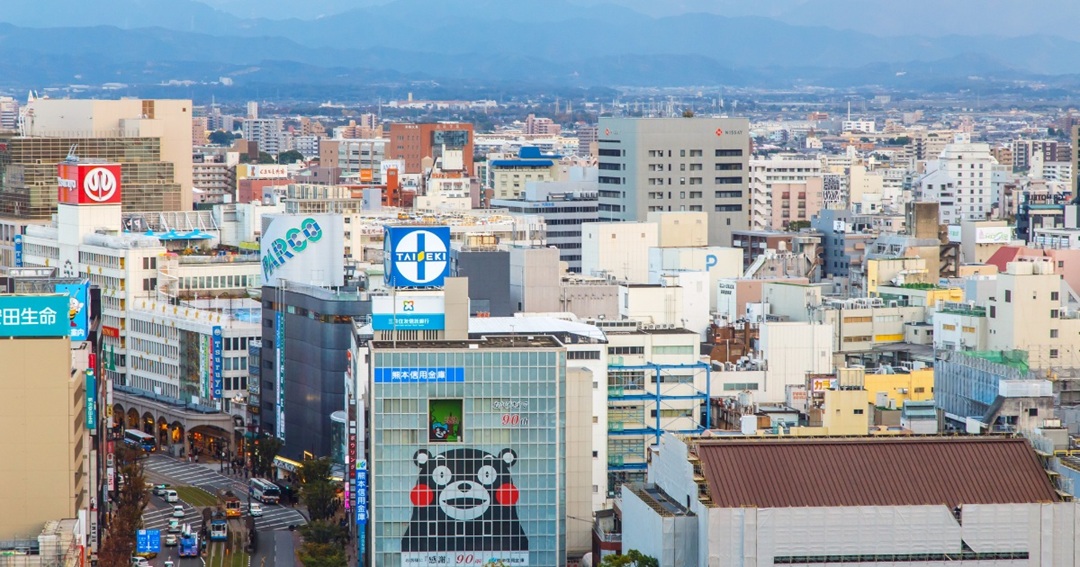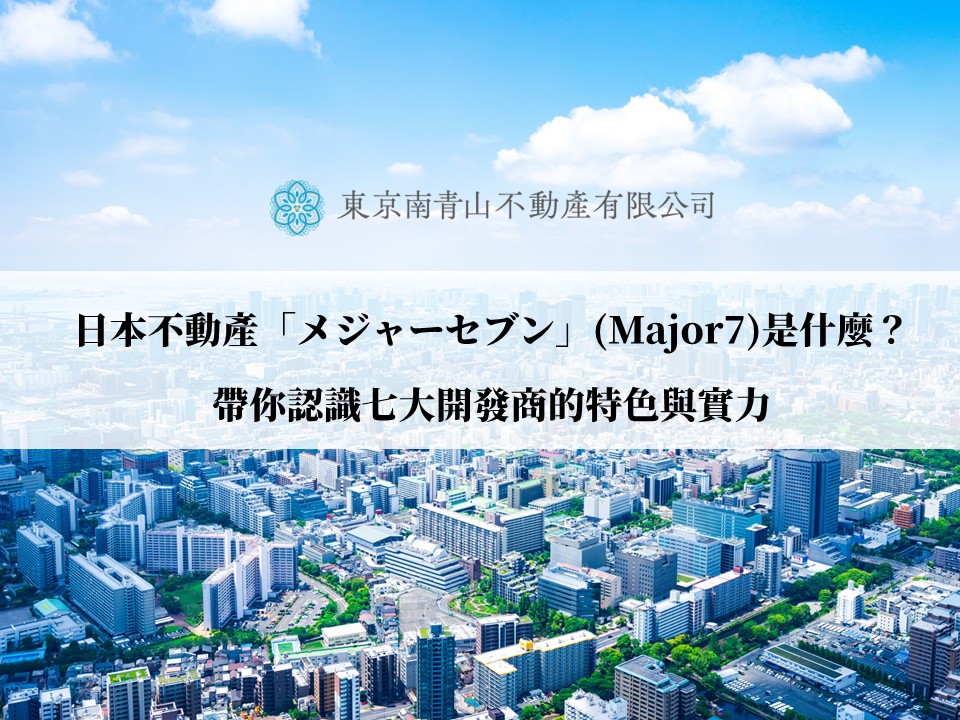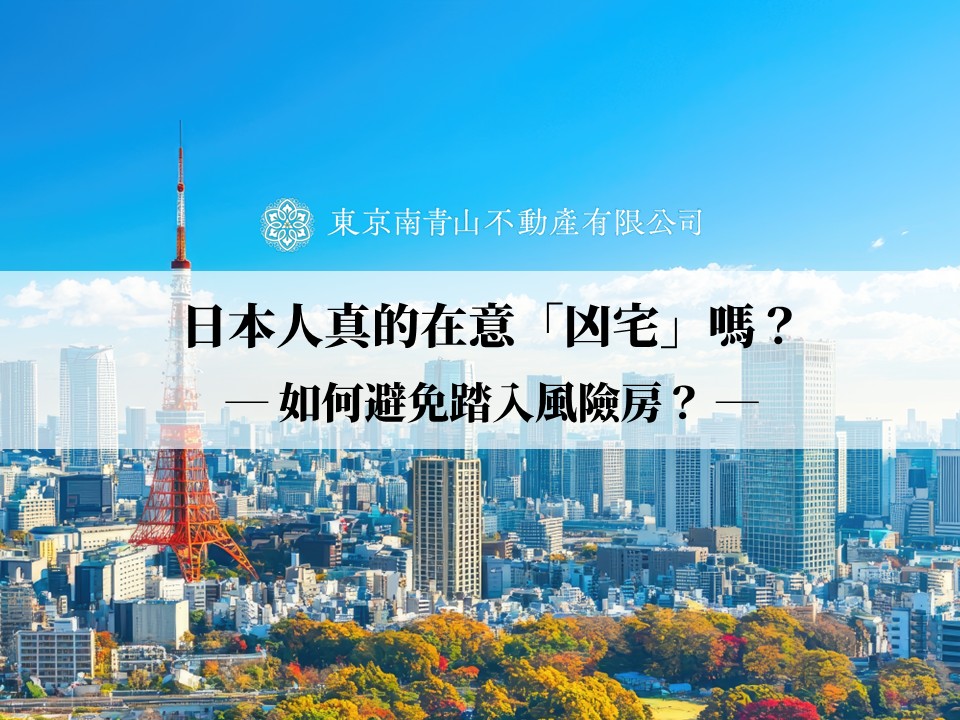Did you know? TSMC’s decision to build a factory in Japan has not only driven the upgrading of the manufacturing sector, but also sparked a surge in the local housing market. Cities like Kumamoto and Kitakyushu—once overlooked—have suddenly become hotspots for global real estate investors. More and more investors are shifting their focus to these “semiconductor-driven regions,” moving beyond traditional first-tier cities like Tokyo and Osaka.
However, after the second quarter of 2025, this wave of real estate enthusiasm—dubbed the “TSMC effect”—has begun to cool noticeably. This article will begin by exploring TSMC’s strategic layout in Japan, explain how the semiconductor boom has impacted local housing and rental demand, and analyze the current market conditions. Finally, we’ll highlight potential risks and key evaluation indicators that investors should keep in mind when entering these emerging hot zones.
TSMC’s Expansion Map and Timeline in Japan
In recent years, the Japanese government has actively promoted a semiconductor revitalization strategy, with TSMC emerging as a key partner under this policy initiative. Below is a timeline of TSMC’s major investments in Japan:
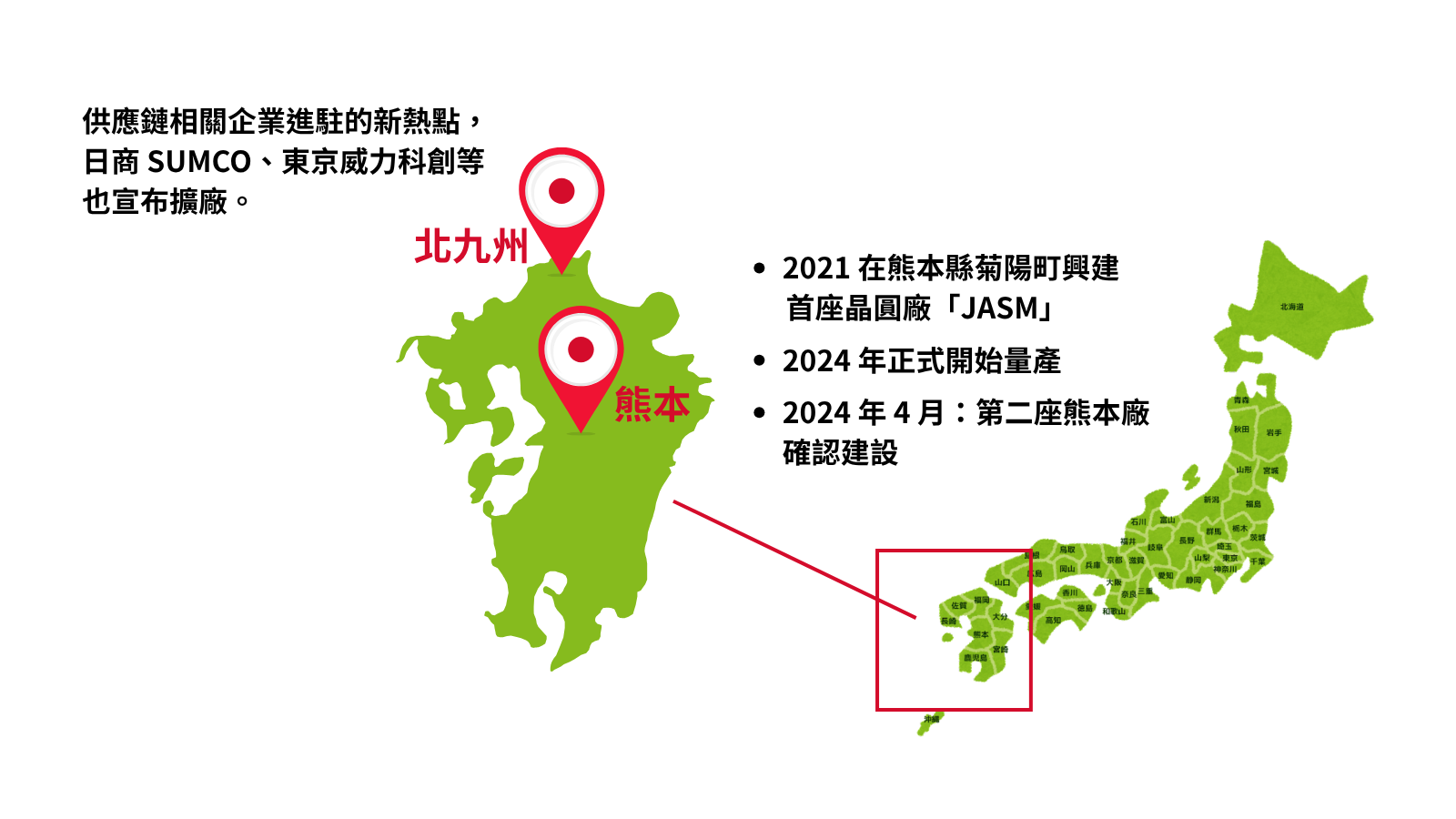
Since 2021, TSMC has successively announced the establishment of factories in Kumamoto Prefecture, Japan, and has driven companies in the entire semiconductor supply chain to expand production in Kitakyushu City and surrounding areas. The Japanese government has also provided huge subsidies to the semiconductor industry, and local governments have simultaneously strengthened infrastructure and extended public transportation systems.
Under these favorable conditions, Kumamoto and Kitakyushu experienced a real estate boom: new housing projects sold out quickly, monthly rents doubled, vacancies became rare, and real estate inquiries surged. These changes prompted many investors to reassess the potential of regions outside Tokyo and Osaka.
However, according to the latest developments in 2025, this boom has begun to slow down. Key reasons include:
• Delayed construction of the second fab: Traffic congestion remains unresolved, pushing back the start date.
• Declining demand for mature process nodes: The Kumamoto fab focuses on image sensors and automotive chips, which are currently facing weak market demand.
• Population growth not yet realized: Employment has not scaled up as expected, and actual housing demand has not surged.
• Rising vacancy rates: In some areas, housing supply has outpaced occupancy, leading to a noticeable drop in rental prices and transaction activity.
How the Semiconductor Supply Chain Drives Housing and Rental Demand
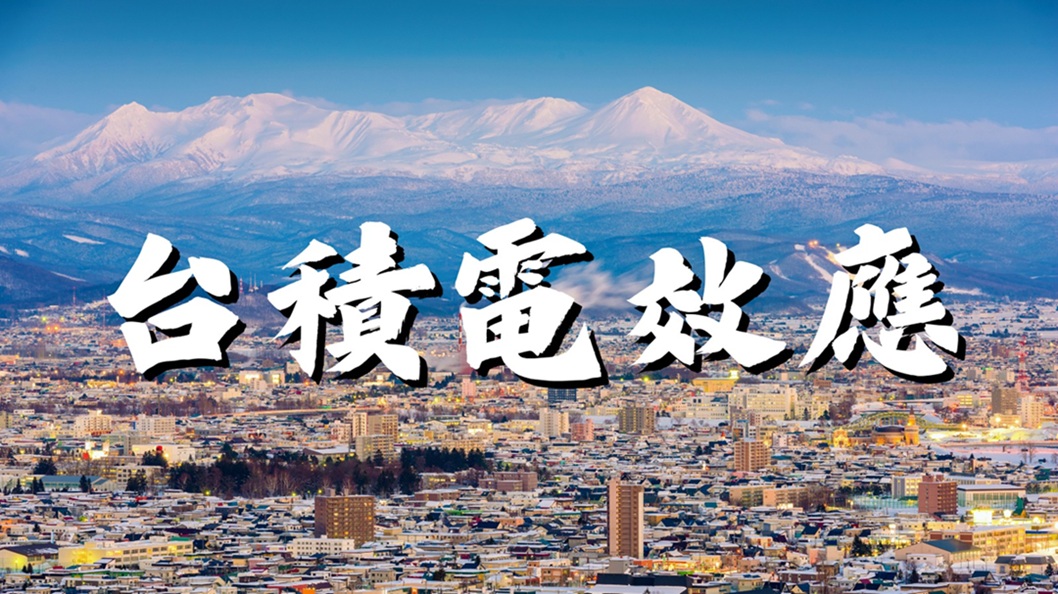
The market is currently in a phase of observation and adjustment. However, this wave of semiconductor investment is not just a short-term boost—it represents a long-term force that is gradually reshaping regional industrial structures and population distribution.
• Influx of foreign and local engineers: Once the factories begin operations, TSMC alone is expected to create over 3,000 direct jobs. Combined with upstream and downstream suppliers, actual residential demand has multiplied.
• Rising demand for residential and commercial real estate: Hotels, office spaces, and long-term rental apartments are all experiencing supply gaps, prompting developers and businesses to accelerate their expansion plans.
Trends in Housing Prices in Japanese Cities Favored by Kumamoto and Taiwanese Investors
Kumamoto has traditionally not been a hotspot for Japanese real estate. However, in recent years, factors such as currency fluctuations, semiconductor factory developments, and tourism recovery have led more Taiwanese investors to shift their focus from Tokyo and Osaka to “potential mid-tier cities.” Below are several investment hotspots that have attracted attention from Taiwanese investors:
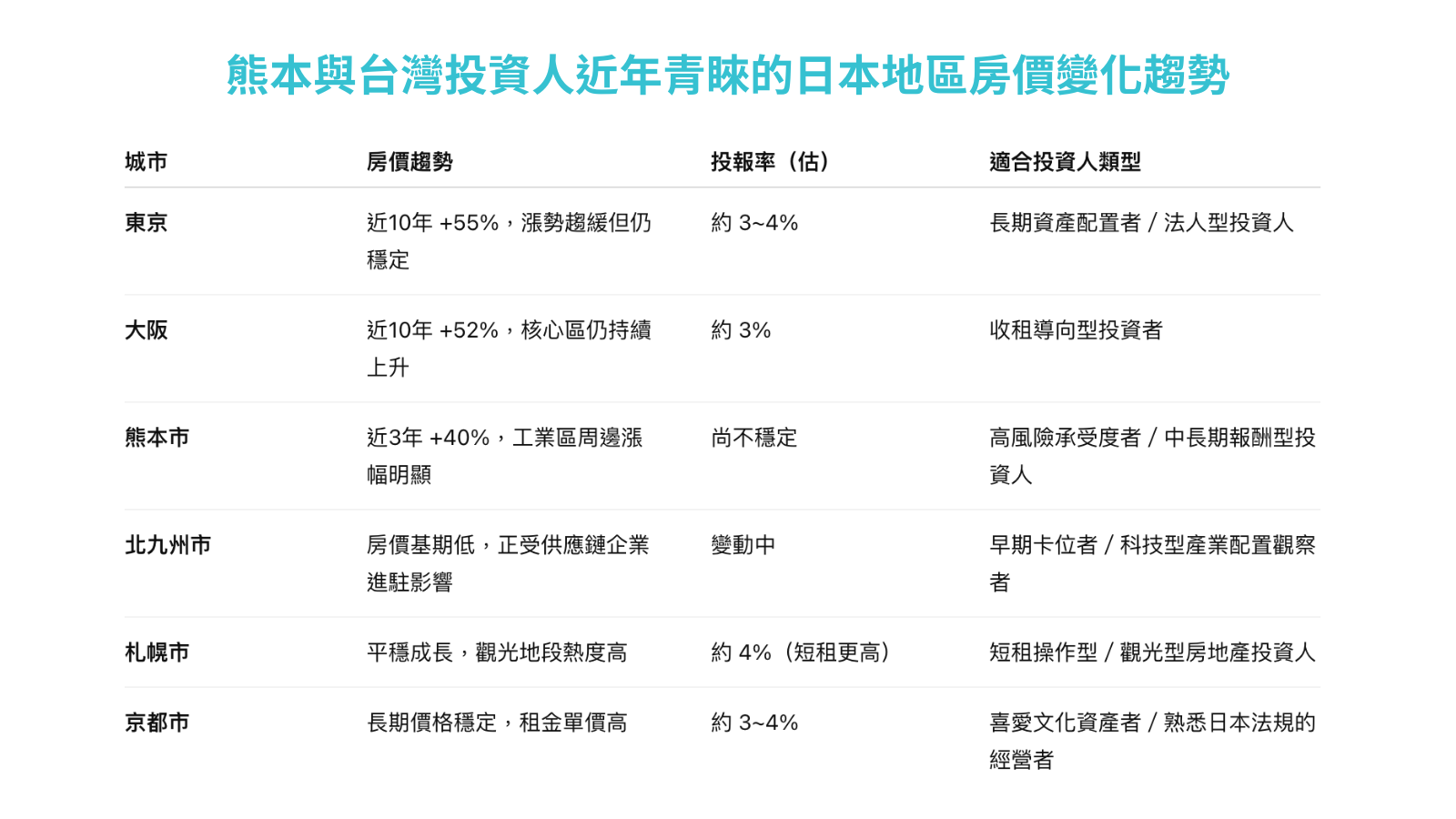
• Ⓞ Tokyo
• Japan’s capital and economic/population center. High liquidity, mature market, and strong resistance to downturns.
• Highly favored by foreign and corporate investors.
• Ⓞ Osaka
• Boosted by themes like integrated resorts (IR) and Expo 2025.
• Well-developed living infrastructure, stable rental market, and active resale market for pre-owned properties.
• Ⓞ Kumamoto City
• Strong impact from TSMC’s factory development, clear population inflow, and a high-growth phase in the housing market with short-term return potential.
• Areas like Kikuyo Town and Hikari-no-Mori have seen rapid increases in housing prices and rental rates.
• Ⓞ Kitakyushu City
• A hotspot for TSMC supply chain companies, forming a dual-city tech corridor with Fukuoka.
• Low base level, large potential for returns, still in early observation phase.
• Ⓞ Sapporo City
• A popular summer retreat and winter ski destination.
• Stable demand from foreign tourists and international students, suitable for short-term rental or vacation property investment.
• Ⓞ Kyoto City
• A world-class cultural city with concentrated tourism and educational resources, high demand from students and short-term renters.
• Strict regulations on vacation rentals, suitable for investors familiar with local laws.
Real Estate Economics Research Institute Condominium Market Trends (Condominium Market Trends)
Risks and Evaluation Points You Must Know Before Investing in These Areas
Although the “TSMC Kumamoto Effect” has driven a wave of local real estate enthusiasm, both Kumamoto and Kitakyushu are markets influenced by the semiconductor boom. While they offer significant growth potential, they also carry uncertainties. Investors should carefully assess the hidden risks.
Current Rental Market Conditions
Rental prices in Kumamoto remain high, but since Q2 of 2025, the rate of increase has slowed. While demand still exists, some areas are showing signs of oversupply, with vacancy rates slightly rising.
Investment Focus: Target high-demand locations and choose properties that are flexible for renovation or rental to reduce vacancy risks.
Investment Characteristics and Return Status
Compared to major cities like Tokyo, property prices in Kumamoto and Kyushu are relatively low. However, they are still in the early stage of “low price, low return.” Although rental prices are gradually increasing, the growth rate is still slower than property price appreciation. The market is in a developmental phase. Due to Japan’s tenant protection system, rent adjustments typically require the lease to end or the tenant to vacate.
Investment Strategy: Focus on medium- to long-term planning. As the market matures and rental adjustment mechanisms take effect, return potential will gradually emerge.

Key Points to Watch
✔ Hotspot effects may be short-lived: If future construction is delayed or production scale is reduced, market demand may decline.
✔ Insufficient population base may limit growth: Local cities face aging populations and small overall population sizes, which may not support long-term growth.
✔ Resale and liquidity concerns: Properties in secondary cities are much harder to resell compared to those in first-tier cities like Tokyo and Osaka.
✔ Property management risks: Limited availability and high cost of property management services. Without a professional team, investment operations may become imbalanced.
Observations and Recommendations from Tokyo Minami-Aoyama Real Estate
From Kumamoto to Kitakyushu, the rapid expansion of the semiconductor industry has indeed injected vitality into Japan’s regional housing markets, causing noticeable price fluctuations in some areas. But when it comes to real estate investment fundamentals—does the asset hold long-term stable value? Is it easy to manage? Does it have sufficient liquidity?
Based on our observations and practical experience in Tokyo’s Minato Ward and Minami-Aoyama area, here are some evaluation directions worth considering:
Comparing “Short-Term Price Surges” with “Mid- to Long-Term Return Structures”
Regional hotspots may experience rapid price increases, but they also come with higher uncertainty. Core locations may have steadier growth, but rental demand and resale liquidity are more resilient.
Focus on Property Conditions and Healthy Rental Demand
Consider factors such as living convenience, transportation access, and whether the property type matches the expectations of the local rental demographic. Avoid relying solely on “low price” or “new development area” as investment criteria.
Asset Management and Operational Capability Affect Actual Returns
Many overseas investors overlook the quality and accessibility of property management services, leading to operational difficulties later on. When selecting properties, it’s important to also consider whether stable local management support is available.
________________________________________
If you’re currently considering whether to allocate assets to Japanese real estate, it’s worth gathering data from different regions and evaluating comprehensively from the perspectives of usage, risk tolerance, and holding period. Not everyone is suited to jump in at the first wave, and not every overlooked area is worth missing. The key is to find properties and strategies that align with your goals.
Tokyo Minami-Aoyama Real Estate
From location selection and property conditions to rental operations, we’ve been observing changes in Japan’s real estate market for years and have supported many Taiwanese clients through the uncertainties of their first overseas property investment.
If you’re evaluating Japanese real estate allocation, feel free to contact us to discuss your asset goals. Let us help you craft the most suitable investment strategy tailored to your pace and needs.


